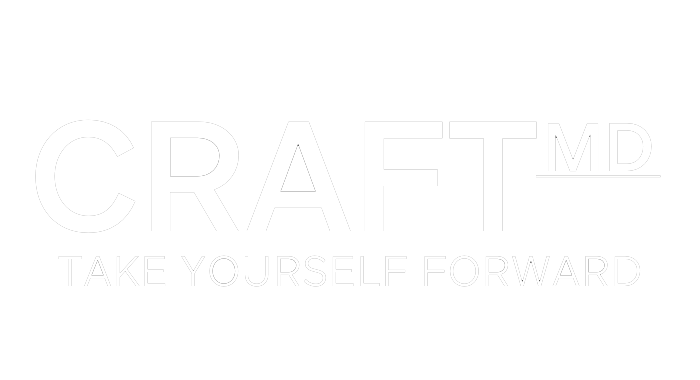Dr. Randall Craft performs FTM gender confirmation top surgery in Phoenix for trans men who want to remove their natural breasts in order to match their physical appearance with their true identity.


FTM gender confirmation top surgery
Female to male gender confirmation top surgery (or transgender mastectomy) refers to the surgical procedure of removing the breast tissue to masculinize the chest. This can be a life-changing procedure for trans men whose breasts have been causing them emotional damage, or if they want their physical appearance to align more closely with who they truly are.

Transitioning into the real you
For trans men, there are several steps that can be taken when transitioning, although each individual will choose for himself exactly which steps he wants to take. For some, only one or a few of these steps are enough to make him feel whole. These steps can include taking testosterone, which will lower the voice, grow masculine hair, thicken the skin, stop the menstrual cycle, and more. There’s also removal of the breasts, bulking up in the gym, removal of internal female reproductive organs, phalloplasty, and metoidioplasty.
A big reason why FTM top surgery is so important for trans men is because breasts are so connected to the idea of femininity, and having them can make a trans man feel trapped within his own body—and this can have a significant negative impact on their self-esteem and life. Although many patients who are ready for FTM top surgery in Phoenix have already been living for a while as their self-assigned gender, undergoing a transgender mastectomy to remove the breasts can make them truly feel like who they really are.


Why choose Dr. Craft?
We cannot overstate the importance of selecting a surgeon for your female to male top procedure who is a specialist in top reconstructive surgery. You will want someone who meets the criteria, and who also has an artistic eye and provides patient-centric care. This is why Dr. Randall Craft is an excellent choice for FTM gender confirmation top surgery in Phoenix. He is a double board-certified, Harvard-trained surgeon who specializes in reconstructive surgery, with a constant emphasis on safety. Dr. Craft is proud to be able to provide this life-changing procedure, and he looks forward to meeting you. To schedule a consultation with Dr. Craft, please call (602) 786-6973 or contact us online.
Recovery
After your FTM top surgery, you will be given a compression garment to wear for 5 to 7 days to help with swelling and to help the contours of your new chest to stay in place. Some patients will need to use drains for about a week to collect excess fluid.
Patients should expect to experience bruising, swelling, and bloating. Many are able to return to desk-type work between 2 and 3 weeks. You may return to light exercise in two weeks, but any strenuous activity should be avoided for two months after the surgery.
Your dressings will be changed at your first follow-up appointment with Dr. Craft, and your compression garment will be given to you, which is necessary to wear for 4 to 6 weeks after surgery.



